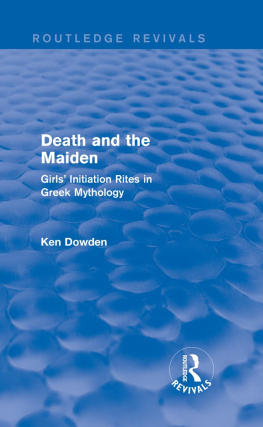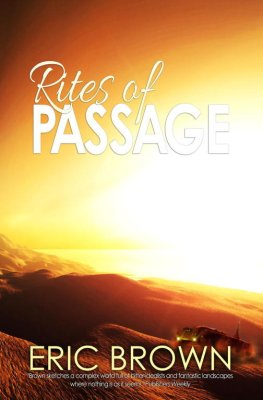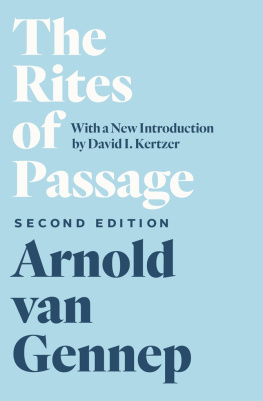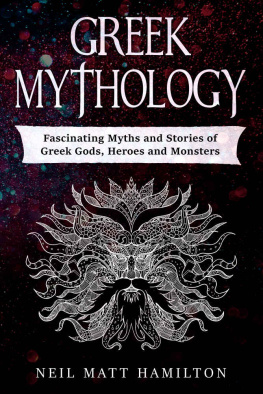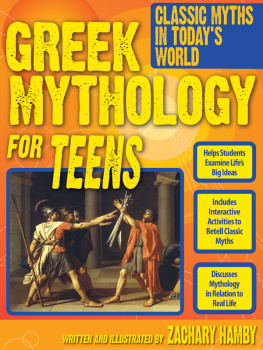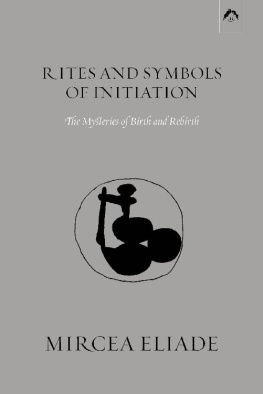Routledge Revivals
Death and the Maiden
A remarkable number of Greek myths concern the plight of virgins slaughtered, sacrificed, hanged, transformed into birds, cows, dear, bears, trees, and punished in Hades.
Death and the Maiden, first published in 1989, contextualises this mythology in terms of geography, history and culture, and offers a comprehensive theory firmly grounded in an ubiquitous ritual: pubescent girls rites of passage. By means of comparative anthropology, it is argued that many local ceremonies are echoed throughout the whole range of myths, both famous and obscure. Further, Professor Dowden examines boys rites, as well as the renewal of entire communities at regular intervals.
The first full-length work in English devoted to passage-rites in Greek myth, Death and the Maiden is an important contribution to the exciting developments in the study of the interrelation between myth and ritual: from it an innovative view on the origination of many Greek myths emerges.
Death and the Maiden
Girls Initiation Rites in Greek Mythology
Ken Dowden
First published in 1989
by Routledge
This edition first published in 2014 by Routledge
2 Park Square, Milton Park, Abingdon, Oxon, OX14 4RN
and by Routledge
711 Third Avenue, New York, NY 10017
Routledge is an imprint of the Taylor & Francis Group, an informa business
1989 Ken Dowden
The right of Ken Dowden to be identified as author of this work has been asserted by him in accordance with sections 77 and 78 of the Copyright, Designs and Patents Act 1988.
All rights reserved. No part of this book may be reprinted or reproduced or utilised in any form or by any electronic, mechanical, or other means, now known or hereafter invented, including photocopying and recording, or in any information storage or retrieval system, without permission in writing from the publishers.
Publishers Note
The publisher has gone to great lengths to ensure the quality of this reprint but points out that some imperfections in the original copies may be apparent.
Disclaimer
The publisher has made every effort to trace copyright holders and welcomes correspondence from those they have been unable to contact.
A Library of Congress record exists under LC control number: 88035732
ISBN 13: 978-1-138-01430-5 (hbk)
ISBN 13: 978-1-315-79475-4 (ebk)
DEATH AND THE MAIDEN
Girls Initiation Rites in Greek Mythology
KEN DOWDEN
AOXI KOYPIIHI
KOYPI TE KOYPHI TE NEONHI
First published 1989
by Routledge
11 New Fetter Lane, London EC4P 4EE
29 West 35th Street, New York, NY 10001
1989 Ken Dowden
Disc Conversion, by Columns of Reading
Printed in Great Britain by Richard Clay Ltd
All rights reserved. No part of this book may be reprinted or reproduced or utilized in any form or by any electronic, mechanical, or other means, now known or hereafter invented, including photocopying and recording, or in any information storage or retrieval system, without permission in writing from the publishers.
British Library Cataloguing in Publication Data
Dowden, Ken
Death and the maiden: girls initiation
rites in Greek mythology.
1. Ancient Greek myths. Symbolism
I. Title
292.37
Library of Congress Cataloging in Publication Data
Dowden, Ken, 1950
Death and the maiden.
Bibliography: p.
Includes indexes.
1. Mythology, Greek. 2. GirlsMythology. 3. Initiation ritesMythology. I. Title.
BL795.G57D69 1989 292.37 8835732
ISBN 0415012635
CONTENTS
Greek mythology is enticing but elusive, defying us to develop interpretations that are widely or lastingly acceptable. Yet, in the search for a firm basis, a special position is occupied by those myths which can be successfully related to types of ritual: these at least can be seen to have played an intelligible role in the religious perceptions of Greeks of a particular place at a particular time they can cease to be floating islands. In this study I have been grateful to live in an age when the works of Jeanmaire and Brelich are increasingly understood and when inspiring scolars such as Burkert, Graf, and Bremmer constantly tame more of Greek myth. I cannot pretend to match their expertise, but I do attempt to draw together and to extend the number of myths of Greek maidens which can be understood in the light of ritual, so (I hope) unifying an important and extensive sector of the mythology around a single method. In this way myth itself can be made to generate workable conclusions about the religious practices of Greeks otherwise lost from our sight.
I do not subscribe to the common view that conceptual clarity is gained by distinguishing myth from saga, legend, folk-tale, etc., and consider pages spent on all-embracing definitions of Myth unhelpful and prejudicial. In this book I discuss some myths without denying that there are other important types of myth, and use a particular historical approach which does not deny the possibility of other, very different approaches to the myths under discussion notably those often humane and revealing studies burdened by the label structuralist.
The division of material into chapters is by particular myths of a single area, though occasionally I have attempted to broaden horizons by interludes varying from the strict subject of the chapter. This division results from my firm emphasis on the local origins and local significance of the myths I discuss, a return in some ways (particularly when hypothesizing tribal movements) to methods practised and results gained at the turn of the century. At the same time, the various myths speak something of a common language and the understanding of that language grows throughout this book. I have therefore, in addition to the indices, included a number of cross-references to particular sections of chapters to guide the reader to discussions of motifs which have become scattered. Mythology is particularly difficult in this respect, as one discussion always presupposes another.
To assist the emphasis on locations, a map or maps (finely drawn by Howard Mason) are included with most chapters. But I have chosen not to print illustrations, though copious and interesting ancient depictions of myth are available: they are a luxury which would not add to the argument and which, however agreeable, would add disporportionately to the costs of production.
Passages from ancient texts are almost all in English translation (my own), making sometimes obscure texts readily available to students of mythology who have not had the benefit of training in Latin and Greek. The endnotes are designed to indicate as fully as possible the basis on which statements in the text are made and themselves hopefully offer a basis of reference independent of the value of arguments in my main text. For conventions in citation of ancient authors, see ; for convention in citation of modern authors, see page 237f. The notes link with the Bibliography, which is neither select nor critical: it functions as the key to the notes.
Two anonymous readers deserve credit, amongst much else, for provoking the last chapter of this book. And my friends too have helped me more than I deserve: Peter Walcot gave me every support and encouragement from my first days at University College Cardiff to its last; and even in the last stages of his

